The Ultimate Guide to Toothbrush Care
When it comes to oral hygiene, one of the most crucial yet often overlooked tools is the humble toothbrush. Understanding the best practices for toothbrush care can significantly improve your dental health. According to the American Dental Association (ADA), a well-maintained toothbrush is key to effective plaque removal and oral health management. However, toothbrushes are commonly mismanaged, leading to reduced effectiveness and even unintended health issues.
Many households in America invest in high-quality toothbrushes, but the effort goes to waste if proper care isn't taken. Recognizing the importance of toothbrush upkeep is the first step towards maintaining long-term dental health. This guide provides a comprehensive overview of toothbrush care, offering insights and actionable tips to optimize your oral hygiene routine.
Choose the Right Toothbrush for Optimal Care
The foundation of proper toothbrush care starts with choosing the right brush. Selecting a toothbrush that fits your oral needs can make a significant difference in your dental care routine. The ADA recommends using a toothbrush with soft bristles and a comfortable handle that allows you to reach all parts of your mouth.
Many Americans make the mistake of opting for hard-bristled toothbrushes under the mistaken belief that they clean more effectively. In fact, hard bristles can damage gum tissue and enamel, leading to potential dental issues. Dentists often suggest electric toothbrushes for their ability to provide a thorough cleaning experience, especially for those with limited dexterity.
Understand When to Replace Your Toothbrush
One core aspect of effective toothbrush care is knowing when to replace your toothbrush. Over time, bristles wear down and lose their effectiveness, which can compromise your oral health. According to the ADA, toothbrushes should be replaced every three to four months, or sooner if bristles fray.
Studies indicate that nearly 80% of toothbrushes in the U.S. are not replaced as frequently as recommended. A worn-out brush can harbor bacteria and is less efficient at cleaning, emphasizing the need for timely replacement. Ensuring your toothbrush is in top condition means maintaining an effective oral hygiene routine.
Proper Cleaning of Your Toothbrush
Cleaning your toothbrush properly after each use is essential to prevent bacterial growth. Run your toothbrush under hot water to remove toothpaste and debris. This step is crucial for ensuring that your brush is free from residue that could contribute to bacterial growth.
An ADA study revealed concerns about toothbrushes stored in closed containers. These environments can promote bacteria and mold growth. Instead, store your brush upright and allow it to air dry, minimizing bacterial proliferation and enhancing your oral hygiene practices.
Storage and Protection of Your Toothbrush
Where and how you store your toothbrush can highly influence its hygiene and lifespan. Avoid keeping your toothbrush close to the toilet to prevent contamination from aerosolized particles. A safe practice is to store it in a medicine cabinet or a designated holder a fair distance from your bathroom’s flushing elements.
Efficient toothbrush storage is crucial in preventing contamination. Covering the brush with a cap is not advisable as it can create a moist environment, conducive to bacteria. By understanding proper storage techniques, your toothbrush can remain effective and safe for daily use.
Recognize the Impact of Shared Toothbrush Spaces
If multiple toothbrushes in your household are stored together, ensure they don't touch. Cross-contamination is a common issue amongst households, especially when toothbrushes contact each other. Using different holders or compartments can prevent this problem and sustain hygienic conditions for each family member's brush.
Dr. Emma Johnson, an expert on oral hygiene, emphasizes, “Shared bathrooms often lead to shared bacteria. Keeping toothbrushes from touching is a small step with significant health benefits.” Such practices can significantly reduce the risk of spreading illnesses and maintaining optimal oral health practices for all family members.
Conclusion and Actionable Toothbrush Care Tips
Toothbrush care is an integral component of comprehensive oral hygiene routines. By choosing the right toothbrush, replacing it regularly, cleaning it properly, and storing it effectively, you lay the groundwork for healthier teeth and gums. The insights shared in this guide are designed to empower you to make informed decisions about your toothbrush maintenance.
Actionable Steps for Immediate Impact:
- Evaluate your current toothbrush and replace it if over four months old.
- Wash your toothbrush thoroughly with hot water after each use.
- Store your toothbrush in a dry, upright position to air dry.
- Maintain distance between multiple toothbrushes in a shared bathroom.
By implementing these steps, you can significantly enhance your oral hygiene and overall health. Visit Dentistry Toothtruth for more detailed tips and information on maintaining your dental health.

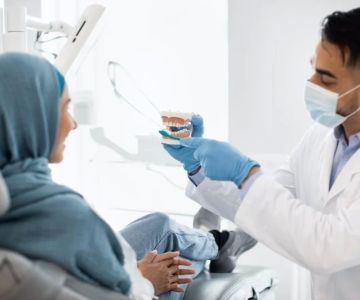


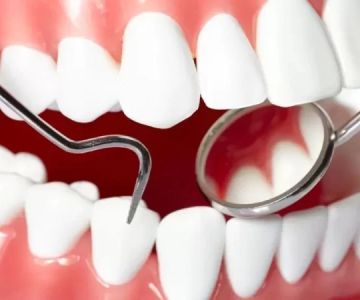
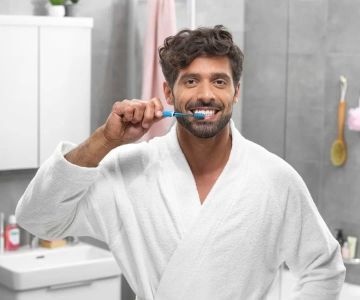
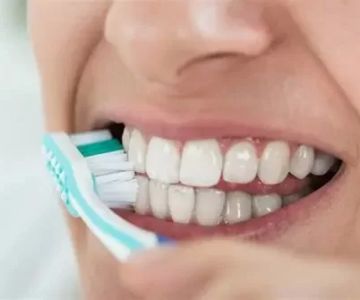
 Greater Springfield Dentistry: Brett Durbin DDS5.0 (119 review)
Greater Springfield Dentistry: Brett Durbin DDS5.0 (119 review) Park Avenue Dental Associates4.0 (799 review)
Park Avenue Dental Associates4.0 (799 review) Corner Dentistry4.0 (42 review)
Corner Dentistry4.0 (42 review) Soundview Dental Arts5.0 (19 review)
Soundview Dental Arts5.0 (19 review) Garden State Smiles of Toms River4.0 (281 review)
Garden State Smiles of Toms River4.0 (281 review)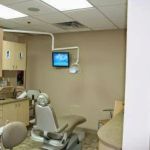 Dr. Geetha J. Damodaran, DDS5.0 (2 review)
Dr. Geetha J. Damodaran, DDS5.0 (2 review) The Importance of Oral Health Education During Pregnancy for a Healthy Pregnancy
The Importance of Oral Health Education During Pregnancy for a Healthy Pregnancy Best Tips for Brushing Your Teeth Properly for Healthy Gums: Essential Techniques for Oral Health
Best Tips for Brushing Your Teeth Properly for Healthy Gums: Essential Techniques for Oral Health Why Skipping Dental Checkups Can Lead to Bigger Oral Health Problems
Why Skipping Dental Checkups Can Lead to Bigger Oral Health Problems Advantages of Porcelain Dental Restorations
Advantages of Porcelain Dental Restorations How Can Diabetes Cause Tooth and Gum Problems? Preventing and Managing Oral Health Issues
How Can Diabetes Cause Tooth and Gum Problems? Preventing and Managing Oral Health Issues Healthy Habits for Promoting Good Oral Health and Hygiene: Tips for a Healthy Smile
Healthy Habits for Promoting Good Oral Health and Hygiene: Tips for a Healthy Smile